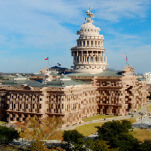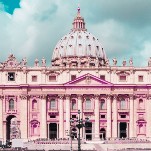Let the Long-Ago Sounds of 17th Century Manhattan Lull You Into a Mid-Day Nap
In Depth
Modern-day Manhattan has a distinct soundscape, a din of car horns and sirens and overheard cell-phone conversations and trash trucks. Once upon a time, however, the dull roar was dominated by frogs, at least at night: “They frequently make such a noise that it is difficult for a person to make himself heard,” wrote naturalist Peter Kalm in 1748.
-

-

-

-

-

-

-

-

-

-

-

-

-

-

-

-

-

-

-

-

-

-

-

-

-

-

-

-

-

-

-

-

-

-

-

-

-

-

-

-








































